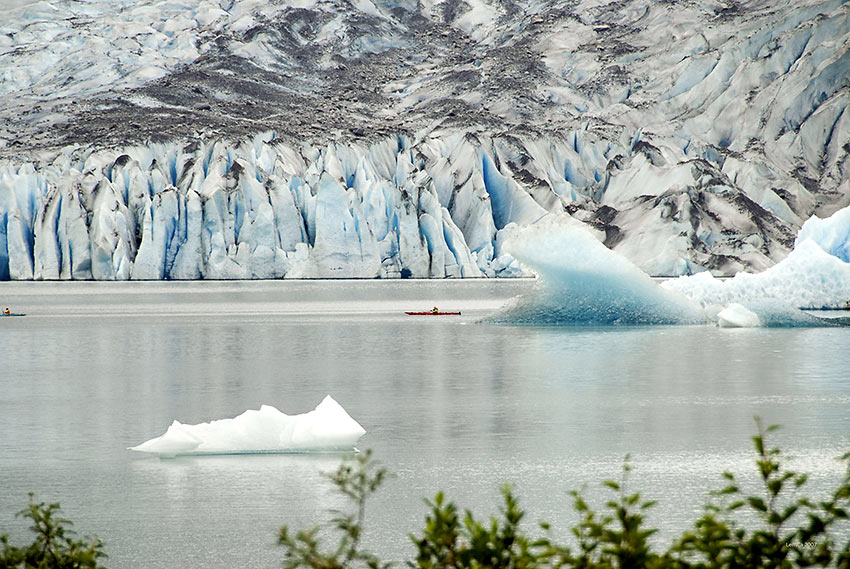
I will never forget the night: I had just put my head down on the pillow. The day had been a fun – but it was also long and taxing, and a good night’s sleep was in order. Suddenly, the blaring sound of a bulldozer burst into the room. I bolted out of bed. I looked at my watch – it was 1 a.m. I charged over to the hotel window and pulled open the curtain. Across a small creek, there was a man outside who was, well, operating a bulldozer. His family must love this, I thought. Upon closer inspection, I could see he was surrounded by his wife and young children. They almost looked as if they were going to a picnic later after the chore. I forgot to mention that the time and place was the month of June in Fairbanks, Alaska. The midnight sun was so blinding that I had to squint my eyes to see. I began to understand the real meaning of insomnia, and was ready to experience more of Alaska’s unique surprises, surprises that I still carry with me today.
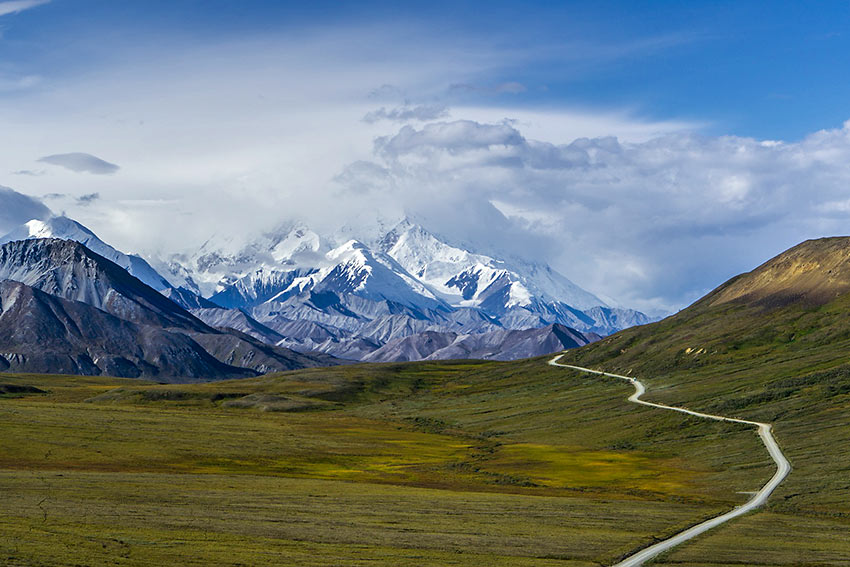
Alyeska – The Great Land
A colleague in the cruise industry once said to me, ‘First you do all the other cruises, and then you do an Alaska Inside Passage cruise. She was right. With its pristine fjords, sweeping glaciers and endless snowcapped mountains, the Inside Passage is a tough act to follow. So what to do after having done that cruise – particularly when the cruise experience only wets your appetite for more Alaskan wonders? Well, an exploration of the state’s interior is the next logical step. With over 3,000 rivers and more than 5,000 glaciers, the state is one-fifth the size of the continental United States and two-and-one-half times the size of Texas. Vast expanses of wilderness encompass Alaska, with millions of acres of national parkland and wildlife refuges, much of which are accessible only by boat, train or plane.
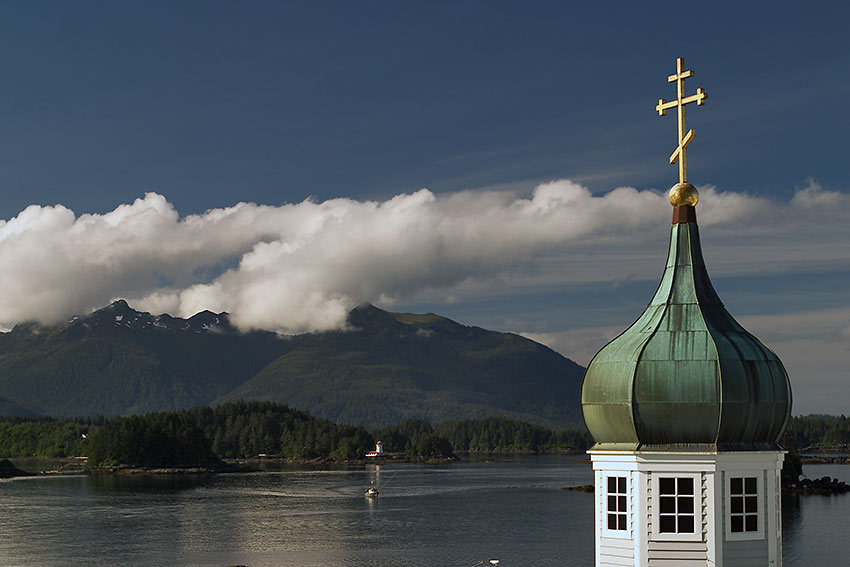
Fortunately, many cruise companies now offer extended land packages that are fully escorted, offering a comprehensive overview of many of Alaska’s amazing sights. I opted for Royal Caribbean International‘s four-day land package from Fairbanks to Anchorage. Covering over 400 miles through stunning mountains and untouched wilderness — this would prove to be the ideal way to explore more of what the Aleut Tribal Nation call ALYESKA – THE GREAT LAND.
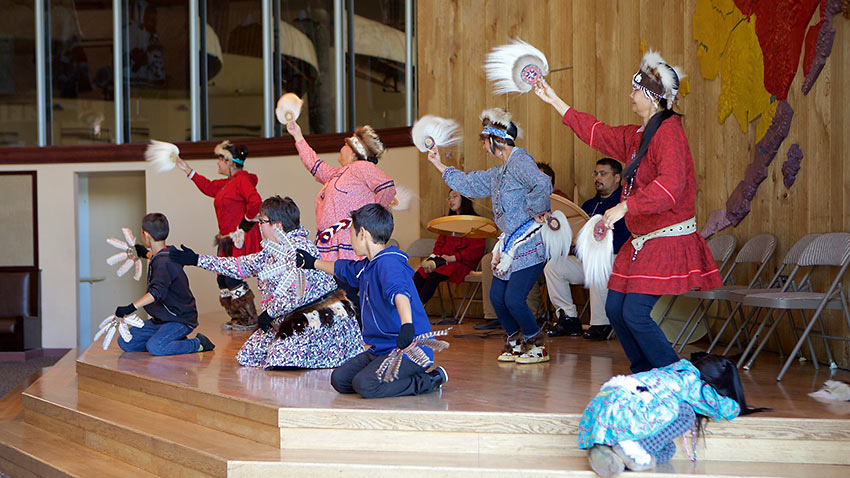
Anchorage is Alaska’s largest city and the state’s main transportation hub. In a sense all roads lead or end in Anchorage. The city boasts all the urban pleasures of fine dining, shopping, nightlife, world-class museums along with an endless array of tours and sports packages. My pick: The twenty-six acre Alaska Native Heritage Center, which provides a fascinating insight into the arts, customs and lifestyles of the indigenous peoples of Alaska, which include Iñupiat, Yupik, Aleut, Eyak, Tlingit, Haida, Tsimshian, and a number of Northern Athabaskan cultures.

Denali National Park: Spread out over six million acres in size, Denali National Park is larger than the state of Massachusetts, and is one of the world’s last great frontiers for wilderness adventure. Established as a national park in 1917, it remains largely wild and unspoiled, just as the native people knew it. At 20,320 feet, Mount McKinley is the highest mountain in North America and the centerpiece of the park. Named for President William McKinley, it is still called Denali by the Athabasca Tribal Nation. My pick: A seven-hour bus ride on the Tundra Wilderness Tour for undisturbed wildlife viewings.
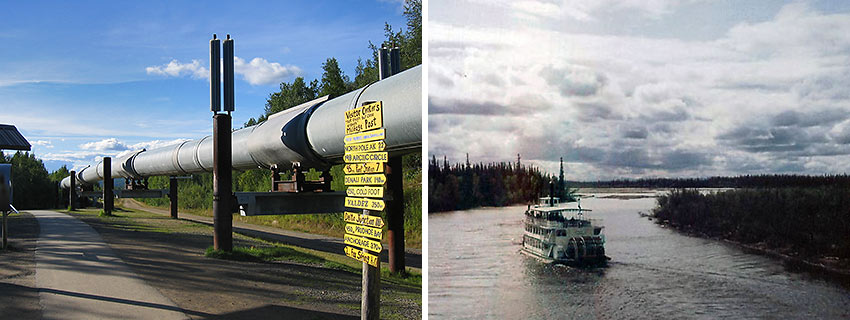
Fairbanks: Located 120 miles south of the Arctic Circle, Fairbanks was established in 1902 as a gold rush town. Today it is the bustling capital of the north and has the distinction of having the widest temperature swings in the U.S. Temperatures may fall to 65 degrees below zero in winter, and regularly hit 80 degrees above in summer. My pick: An excursion on the Riverboat Discovery Sternwheeler, with a stop at an Athabasca village where you’ll see traditional fishing, hide tanning, dog sledding demonstrations, and how the canine is trained to become a human’s best friend in the stark winter months.

Juneau: Nestled along the glistening Gastineau Channel, Juneau is the only U.S. capitol city inaccessible by road. It’s a pulsating city, buzzing with government workers on its streets. A trip to Mendenhall Glacier is the most popular excursion, but my pick is the 1800 foot tramway ride to the top of Mount Roberts for wildlife viewing platforms, the Juneau Raptor Center and breathtaking views of the channel.
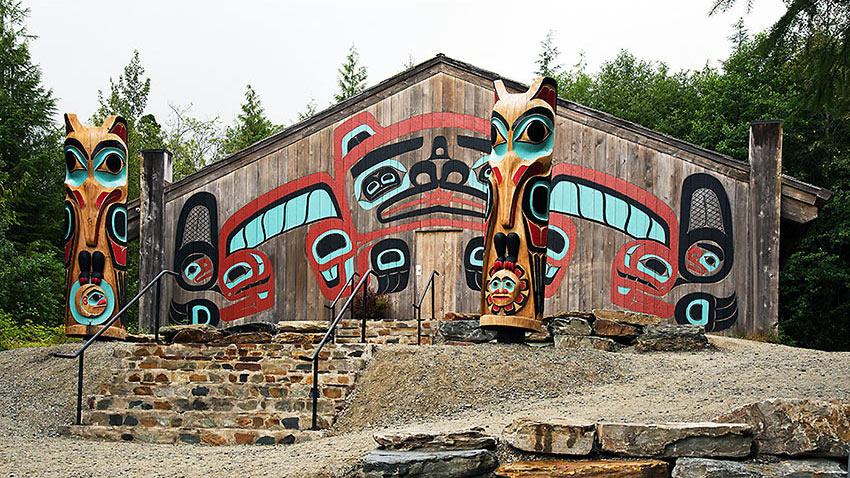
Ketchikan: Billed as the Salmon Capital of the World. If it’s a fishing excursion that you want, Ketchikan is the place for it. My own pick, though, is a tour of the Totem Heritage Center, which features a collection of carved totem poles and carving demonstrations.
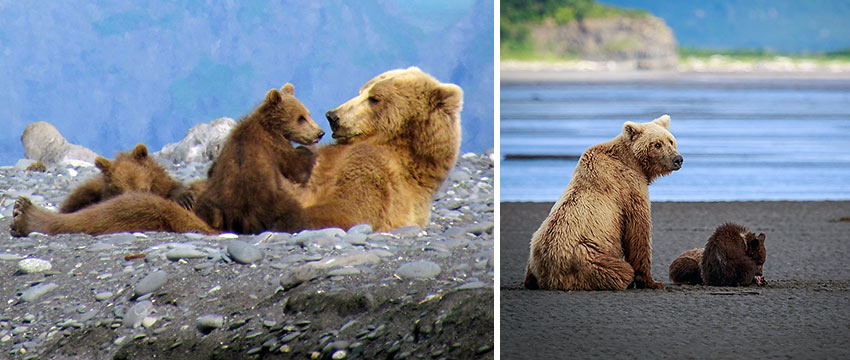
Kodiak: As one of seven communities and the main city on Kodiak Island. All transportation between the entire island and the outside world goes through this city either via ferryboat or airline. Kodiak is known for its own species of Brown Bear – the Kodiak Bear. CVB pick: A flight-seeing tour to see Kodiak Bears at the Wildlife Refuge. Alaska Fish and Game built a fish ladder where you’ll witness sows (momma bears) teaching their cubs how to fish. There are no fences or no viewing platforms protected by glass. You literally walk to the side of a river and watch bears fish in the wild.
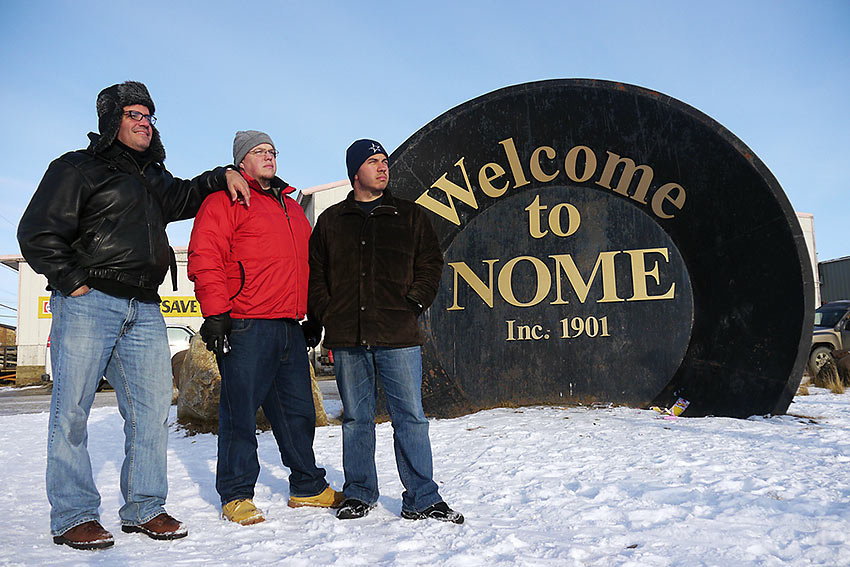
Nome: The city of Nome is located on the south coast of the Seward Peninsula facing Norton Sound, part of the Bering Sea. The city is the site for the finish of the 1049-mile Iditarod Trail Sled Dog Race from Anchorage, the longest sled dog race in the world. Summer temperatures combined with the non-stop midnight sun warms the Bering Sea to a tropical 40° to 50°F. Some Nome youngsters consider this warm enough for swimming and on rare occasions, adults can be seen kayaking and windsurfing. For those visitors who like a challenge, an invigorating swim in the Bering Sea might be something to write home about. My pick: Exploring the City of Nome’s 100 years of Gold Rush history.
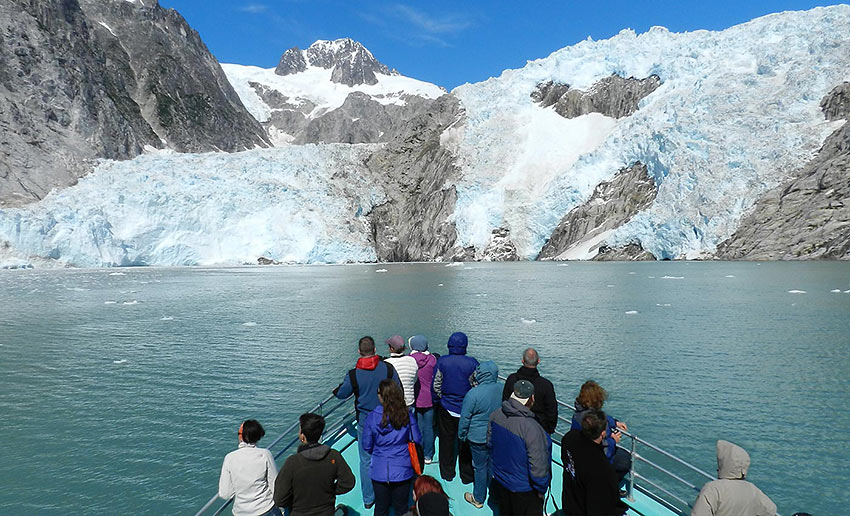
Seward: Sandwiched between the Kenai mountains and the waters of Kenai Fjords National Park, Seward is one of Alaska’s oldest and most scenic communities with Mt. Marathon rising steeply behind the town. A spectacular 2.5 hour drive south from Anchorage brings you to this seaside village, which offers a bustling harbor, quaint shops and galleries, and many different ways to tour Kenai Fjords National Park. CVB pick: The six hour National Park Tour is a must see for visitors. Seeing the glaciers and diverse marine life, particularly the humpback whales and orcas, is an experience of a lifetime.
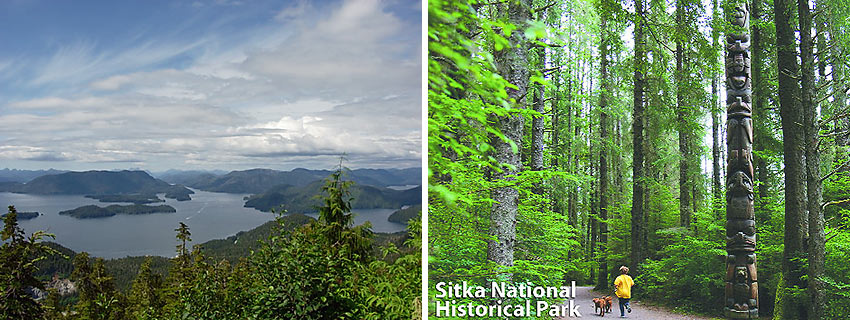
Sitka: Nestled on Baranof Island and offers an amazing mix of Tlingit, Russian and U.S. history and culture. The attractions are endless. My pick: The Sitka National Historical Park. The 113-acre coastal park features the Southeast Alaska Indian Cultural Center, plus beaches, hiking trails and scores of totem poles.
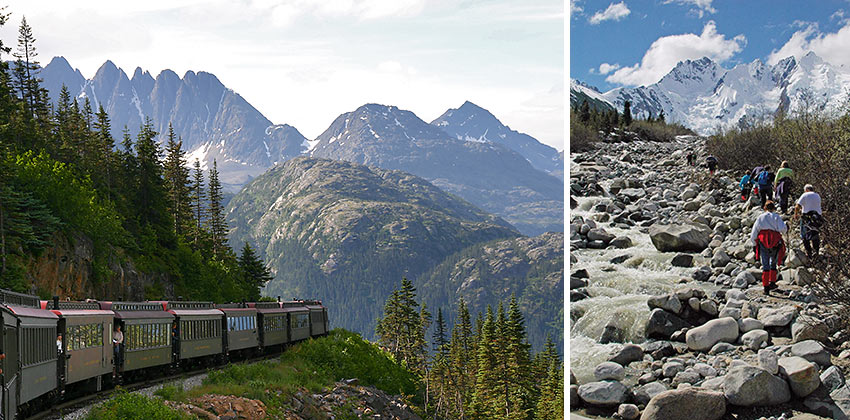
Skagway: Located on the northern tip of the Lynn Canal, Skagway was born as the land entryway for thousands of gold-crazed miners to the Klondike Gold Rush of 1898. The town is well-preserved and rich in gold rush history. My pick: A trip aboard the vintage White Pass & Yukon Route railway for a train journey back into the days of the Klondike Gold Rush.
For further information, contact Travel Alaska

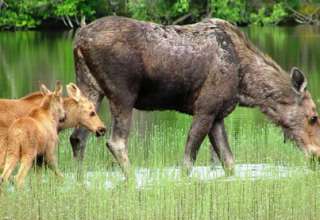
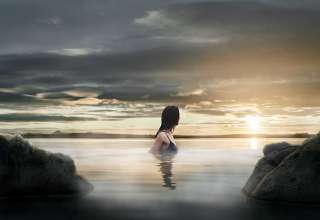
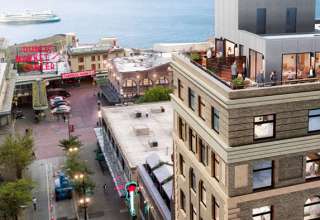

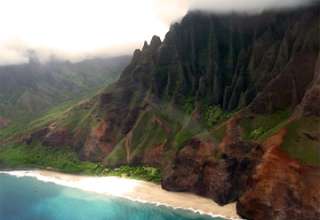
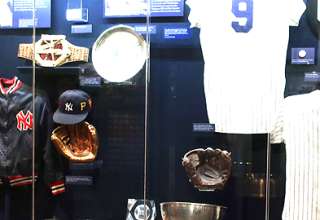
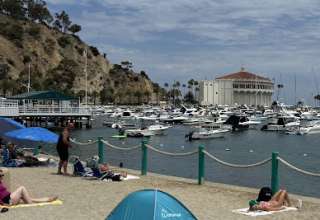
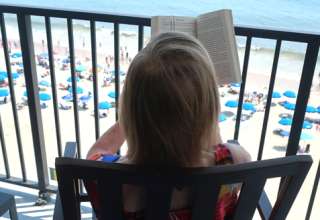
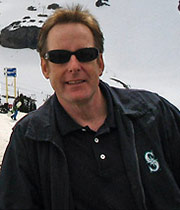 Ringo Boitano is the younger (by 2 minutes) twin brother of Traveling Boy founder, Ed Boitano. As a former venture capitalist, Ringo’s remarkable essays on luxury travel capture the hopes and dreams of today’s hedonistic traveler as they venture into the secular world of travel.
Ringo Boitano is the younger (by 2 minutes) twin brother of Traveling Boy founder, Ed Boitano. As a former venture capitalist, Ringo’s remarkable essays on luxury travel capture the hopes and dreams of today’s hedonistic traveler as they venture into the secular world of travel.









